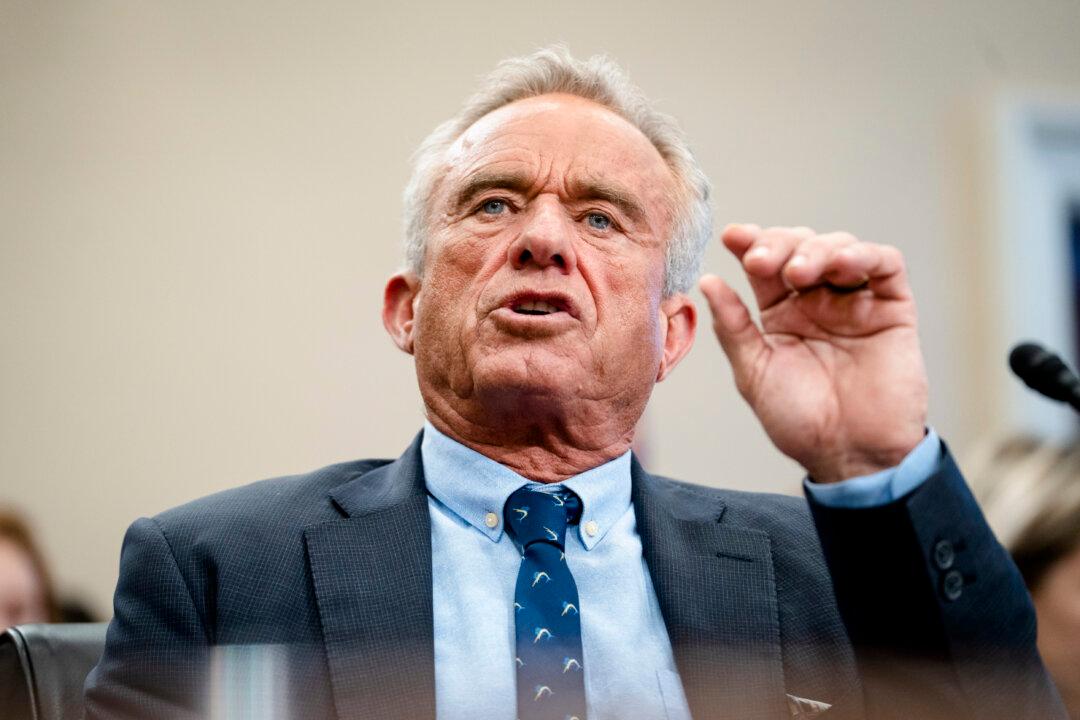The number of hospitalized COVID-19 patients in New York jumped by 1,412 in one day, the largest single-day increase so far. Nearly 11,000 patients are now hospitalized in the state, with the bulk of them in New York City. Of those, 2,710 are in intensive care units.
The number of total daily hospitalizations has fluctuated since a substantial jump on March 19.





